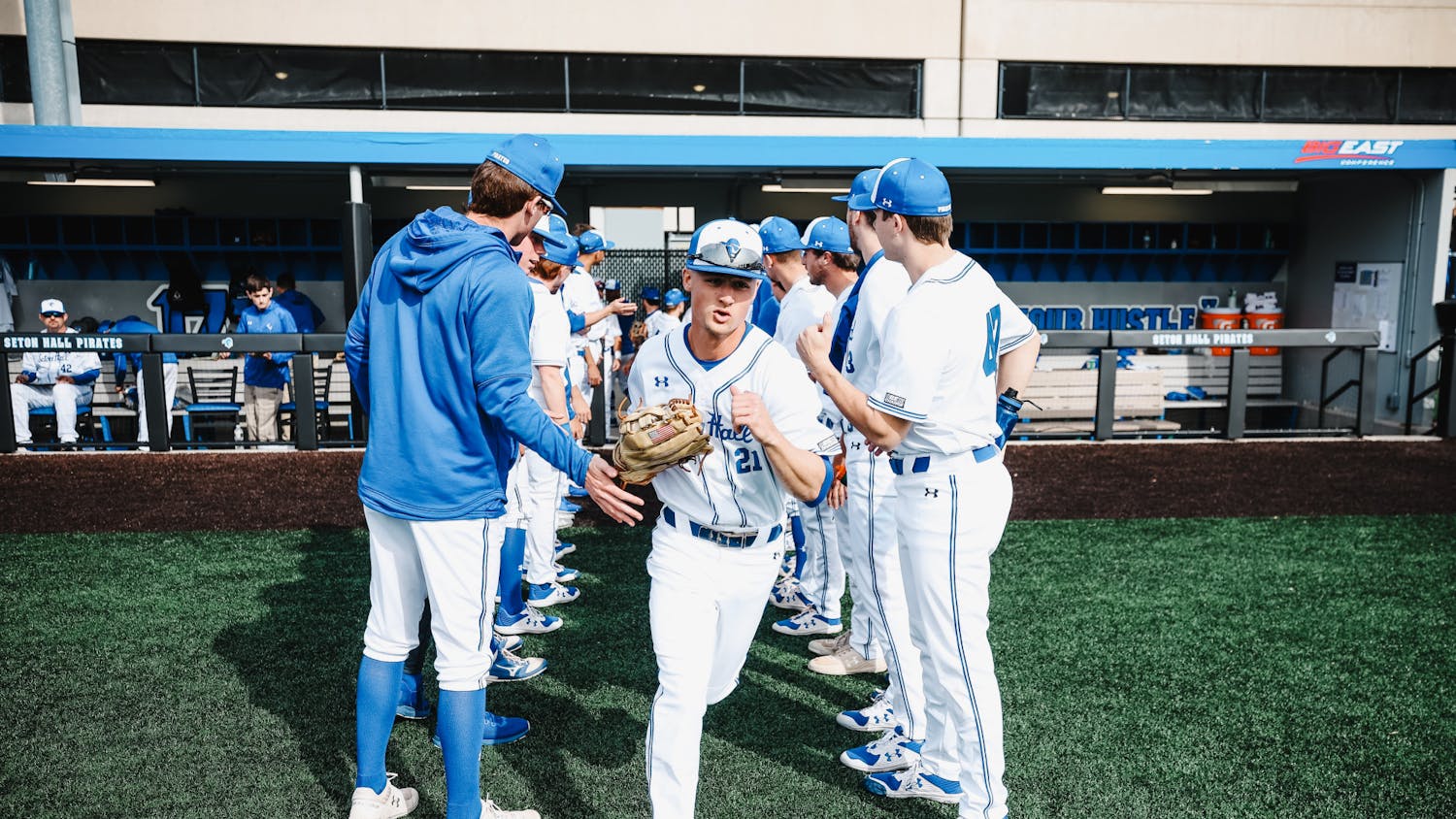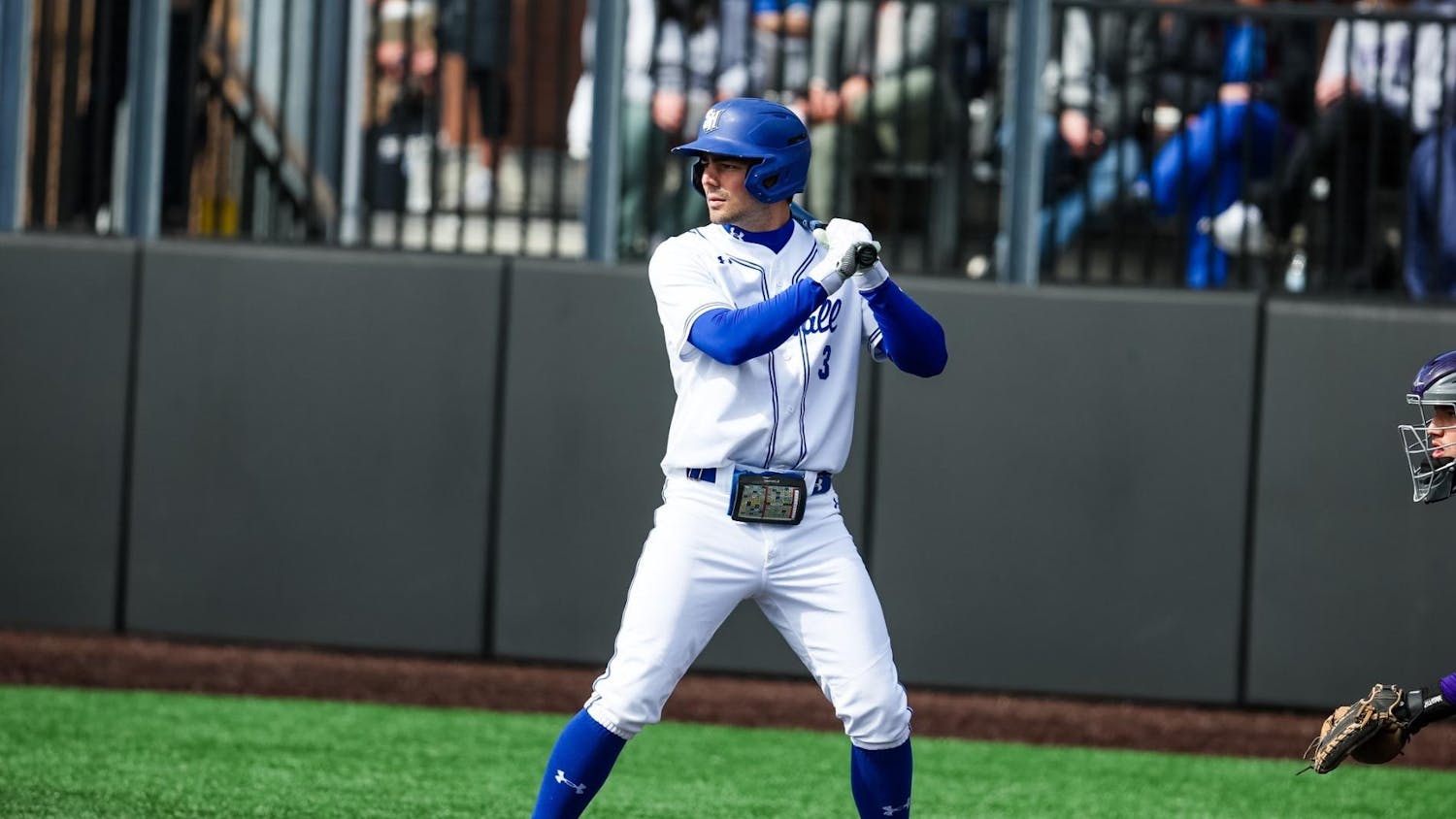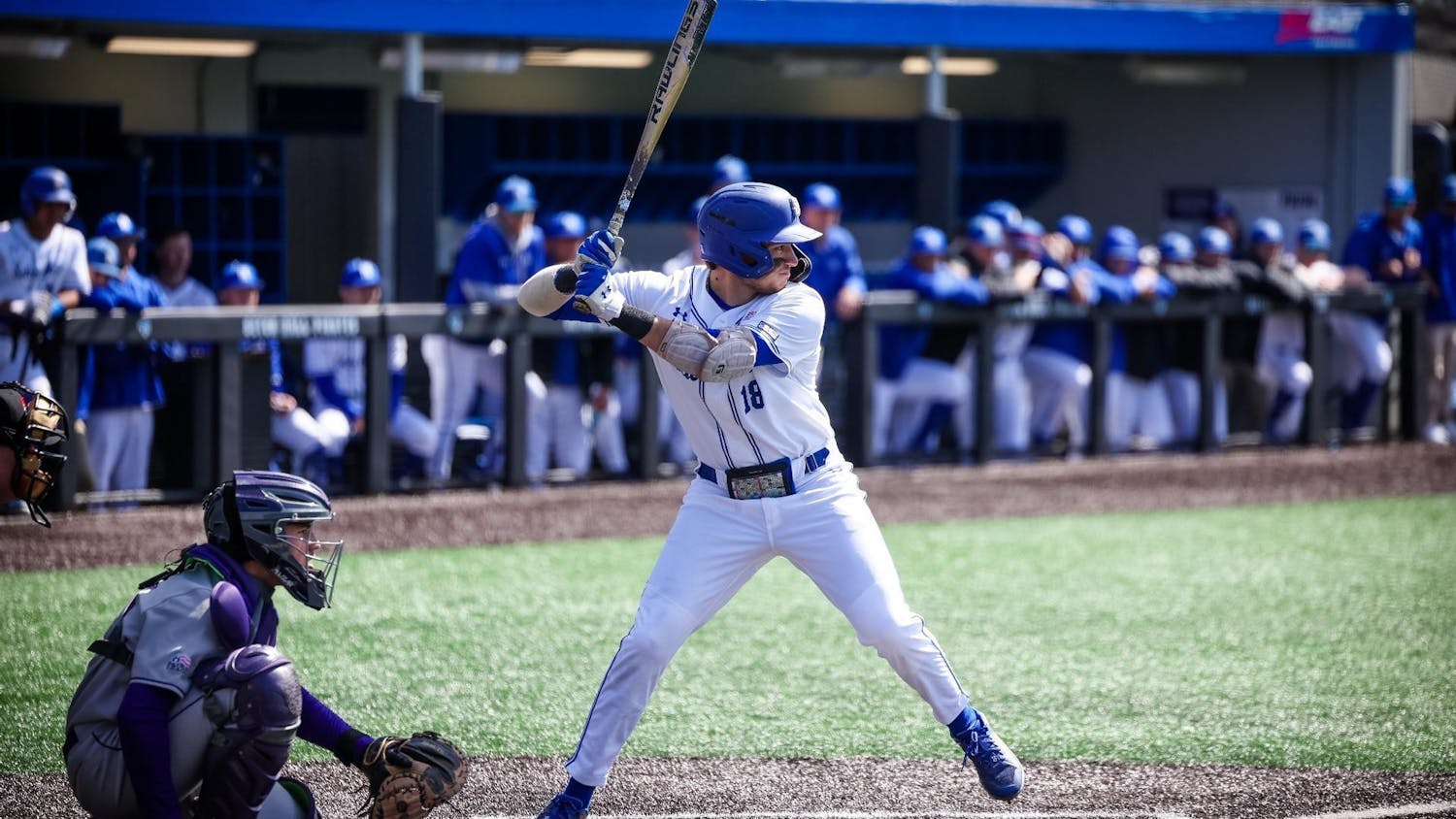[caption id="attachment_15222" align="alignnone" width="300"] Tebow during his MLB workout, where he caught the Mets’ eye. Photos via mlb.com.[/caption]
In a sports world where specialization is pushed to the forefront by year-round sports programs to encourage athletes to hone the craft of a single sport, finding an athlete with NFL and MLB experience is largely unheard of.
Gone are greats of the past like Deion Sanders and Bo Jackson.
Since former NFL quarterback Tim Tebow began instructional league with the New York Mets, he has a (small) shot to end the eight-year drought since this last occurred.
Only 67 athletes have completed this impressive accomplishment, and history shows that in recent years the task is only getting more difficult, with a mere seven players doing the deed since 1970.
Drew Henson was the most recent of the group, playing third base for the New York Yankees for the 2002 and 2003 seasons before retiring to pursue a football career as an NFL quarterback from 2004-2008.
While the possibility of joining the ranks of athletes with MLB and NFL experience, Tebow is not driven by his pursuit of this achievement, but by his passion for baseball and chance to play again.
“I’m excited about it. I really am. I’ve loved the game of baseball. Hitting a baseball is one of my favorite things to do in sports,” Tebow told Anthony Reieber of Newsday. “I’m excited about the journey, the challenge, the difficulties, all of it. It’s going to be a lot of fun, and it’s something that’s definitely exciting for me.”
Many young athletes are now coerced into choosing a single sport at an early age with the hope that playing collegiately or even professionally may be in their future.
Youth sport coaches and parents more frequently fail to realize the real reasons behind playing youth sports: to learn, to grow and to make friends.
Collegiate scouts are not going to take an 11-year old’s 30 home run season seriously and offer them a scholarship, and while athletic scholarships have been trending to be offered as early as freshmen in high school, that period of a child or teenager’s life has its place.
As for youth sports, it’s intended to teach values and lessons beyond helping a team on the field.
Learning how to be a good sport, winner or loser, is one of the most valuable lessons a young athlete can understand and value. If the players were more focused on their team getting ranked at nationals or putting up enough points to get a college offer, then the value of lessons like these would be blurred or nonexistent.
For this reason, playing multiple sports is crucial to an athlete’s development within and beyond sports.
Sometimes it takes a voice of another coach to get across a certain point or see an issue from another perspective, and different sports allow a variety situations and scenarios to arise to further a youth’s development in the sport and as a growing and learning individual.
There is no doubt that Tebow learned from both football and baseball, as well as basketball, which he played in high school.
Without the lessons learned, friends made, or experiences gained from each sport, Tebow would not be the athlete he has become, or be in a situation to resume a past sport for more than just personal gain, but the simple satisfaction of playing a game he loves.
Kyle Kasharian is a business major from Green, N.J. He can be reached at kyle.kasharian@student.shu.edu or on Twitter @ItsKyleKash.
Tebow during his MLB workout, where he caught the Mets’ eye. Photos via mlb.com.[/caption]
In a sports world where specialization is pushed to the forefront by year-round sports programs to encourage athletes to hone the craft of a single sport, finding an athlete with NFL and MLB experience is largely unheard of.
Gone are greats of the past like Deion Sanders and Bo Jackson.
Since former NFL quarterback Tim Tebow began instructional league with the New York Mets, he has a (small) shot to end the eight-year drought since this last occurred.
Only 67 athletes have completed this impressive accomplishment, and history shows that in recent years the task is only getting more difficult, with a mere seven players doing the deed since 1970.
Drew Henson was the most recent of the group, playing third base for the New York Yankees for the 2002 and 2003 seasons before retiring to pursue a football career as an NFL quarterback from 2004-2008.
While the possibility of joining the ranks of athletes with MLB and NFL experience, Tebow is not driven by his pursuit of this achievement, but by his passion for baseball and chance to play again.
“I’m excited about it. I really am. I’ve loved the game of baseball. Hitting a baseball is one of my favorite things to do in sports,” Tebow told Anthony Reieber of Newsday. “I’m excited about the journey, the challenge, the difficulties, all of it. It’s going to be a lot of fun, and it’s something that’s definitely exciting for me.”
Many young athletes are now coerced into choosing a single sport at an early age with the hope that playing collegiately or even professionally may be in their future.
Youth sport coaches and parents more frequently fail to realize the real reasons behind playing youth sports: to learn, to grow and to make friends.
Collegiate scouts are not going to take an 11-year old’s 30 home run season seriously and offer them a scholarship, and while athletic scholarships have been trending to be offered as early as freshmen in high school, that period of a child or teenager’s life has its place.
As for youth sports, it’s intended to teach values and lessons beyond helping a team on the field.
Learning how to be a good sport, winner or loser, is one of the most valuable lessons a young athlete can understand and value. If the players were more focused on their team getting ranked at nationals or putting up enough points to get a college offer, then the value of lessons like these would be blurred or nonexistent.
For this reason, playing multiple sports is crucial to an athlete’s development within and beyond sports.
Sometimes it takes a voice of another coach to get across a certain point or see an issue from another perspective, and different sports allow a variety situations and scenarios to arise to further a youth’s development in the sport and as a growing and learning individual.
There is no doubt that Tebow learned from both football and baseball, as well as basketball, which he played in high school.
Without the lessons learned, friends made, or experiences gained from each sport, Tebow would not be the athlete he has become, or be in a situation to resume a past sport for more than just personal gain, but the simple satisfaction of playing a game he loves.
Kyle Kasharian is a business major from Green, N.J. He can be reached at kyle.kasharian@student.shu.edu or on Twitter @ItsKyleKash.




